Do Birds Prefer Flying Or Walking? [ANSWERED!]
We’re reader-supported; we may earn a commission from links in this article.
Birds are often seen flying and walking, but aren’t you a little bit curious about which one of them they actually prefer? Being a naturally curious person like you, I took it upon myself to do some deep research on this topic and came up with a definitive answer! Here’s what I found:
Most birds prefer walking to flying because it consumes much less energy to perform. However, birds’ preference for flying or walking depends on a few factors such as intended traveling distance, foraging needs, and their immediate need to escape. Examples of birds that walk include pigeons and starlings.
Is your curiosity now satisfied? Or do you want to know more? No worries! If you read on in this article, I will cover the specifics of why birds prefer flying or walking, followed by more details on birds’ choices to hop, walk, and fly! Read on for more!
Do Birds Prefer Flying or Walking? (Continued Full Answer)
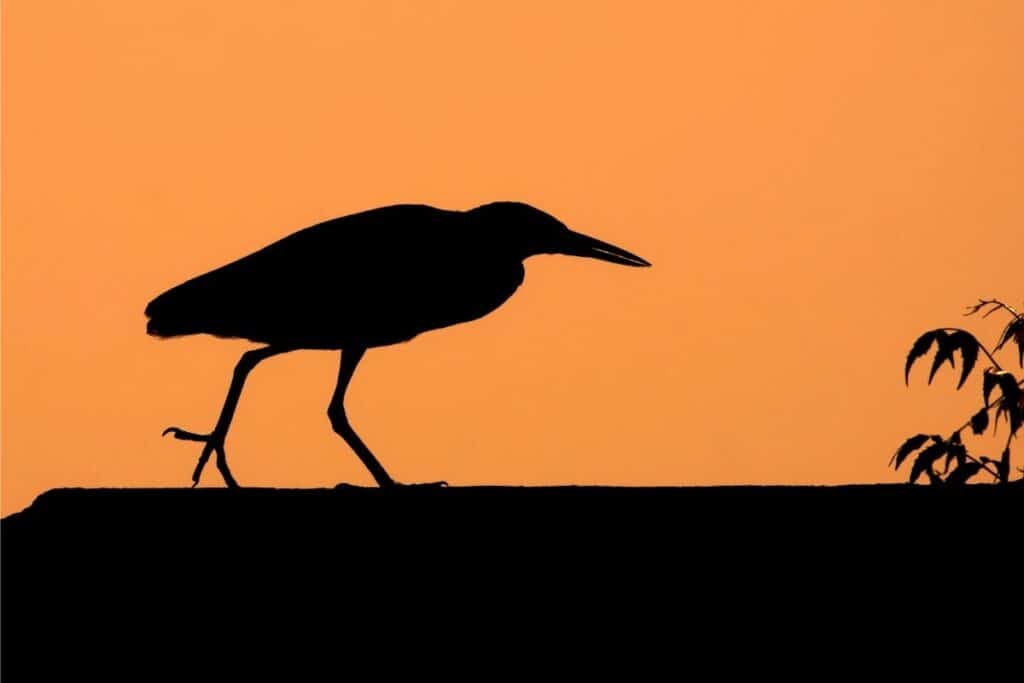
Okay, now let’s dig deep, since you wanted a complete answer and stuck around for more! If you’re curious as to why birds walk when they can fly, check out this article I wrote with a full explanation on it! Let’s go!
While I answered that birds prefer walking to flying, I have to add a caveat that not all birds are able to or even have a walking gait. Many birds also perform other movements like hopping and running! I’m assuming that you had this question in mind because you saw some pigeons walking and flying around like this:
They seem to be doing both walking and flying! Which do they prefer? Here are the 3 factors that determine if they prefer walking or flying:
1. Intended Travelling Distance
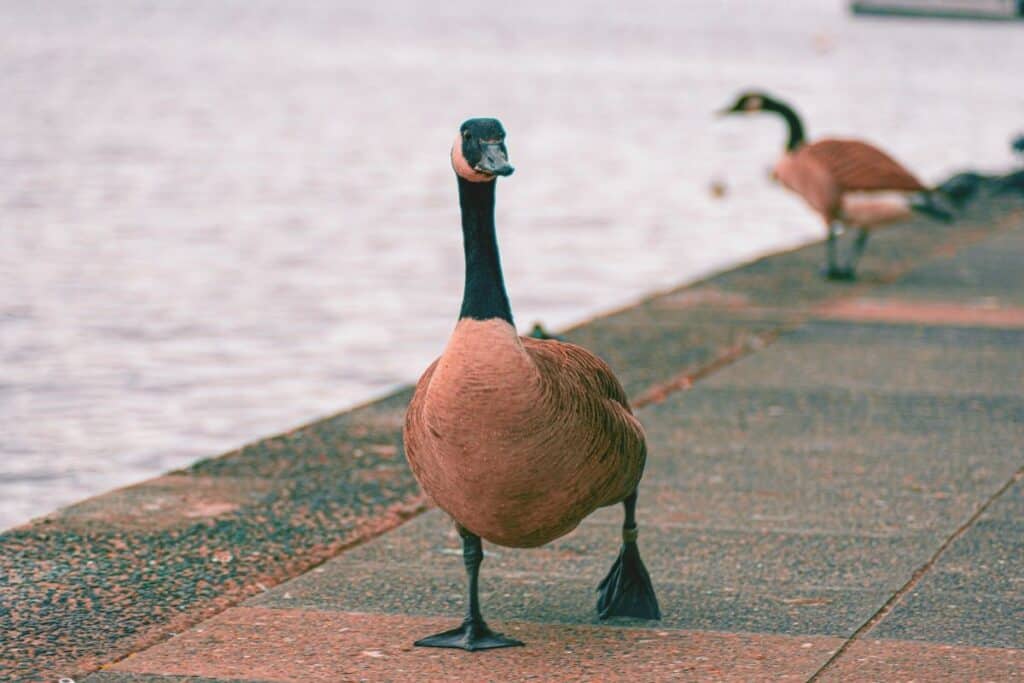
Birds generally prefer walking, but what if they need to travel somewhere far that’s inaccessible by walking? They would then prefer flying to walking. Take the migration of birds, it is simply energetically reasonable for birds to do so by walking!
In addition, if birds need to go to somewhere with a higher elevation or simply to travel back to their roosting spot for the night, they would need to fly in order to get there!
However, when birds fly, it is extremely energy-costly! When birds can walk to somewhere within a few feet to find food scraps, they will do it! Let me give you an example: If however, a pigeon can simply walk over to some bread crumbs on the street, then it wouldn’t make sense to waste their energy to fly there.
See it this way: if you can walk over to the block across the street, why would you need to sprint there or take a helicopter there? Okay, this is probably sounding a lot like common sense now!
2. Foraging Needs
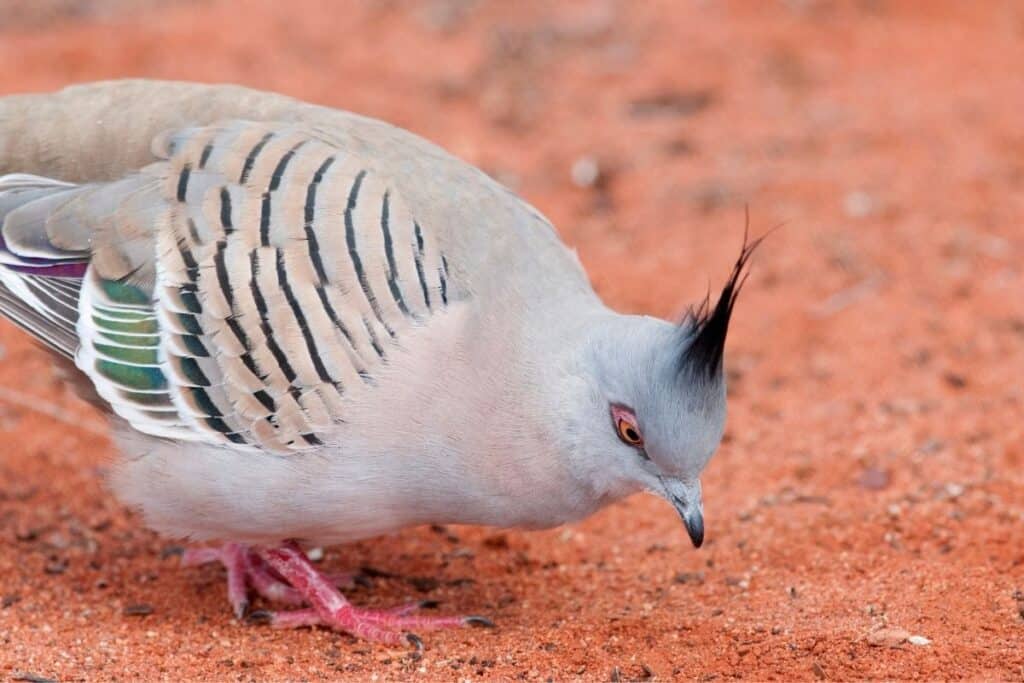
I know what you may be thinking now: “what about all the birds that are simply looking for food on the ground? what’s their preference for walking or flying?” No worries, I’ll fill you in on the details.
The behavior of birds scouring the ground for food is actually called foraging. Scientists have made fascinating discoveries in recent years: Birds actually make decisions to walk or to fly to a food source based on whichever gives them the most energy in the long term.
Let me break it down for you: If a flock of starlings finds a bag of abandoned bread on the street, it’s basically a buffet for them; providing them with loads of energy. In this case, birds will take the effort to fly to that location to have the feast of their lives!
In our human context, it’s something like taking a long 2-hour drive to a famous Michelin-star restaurant just to take its glorious food. It’s just simply worth it!
3. Immediate Need To Escape
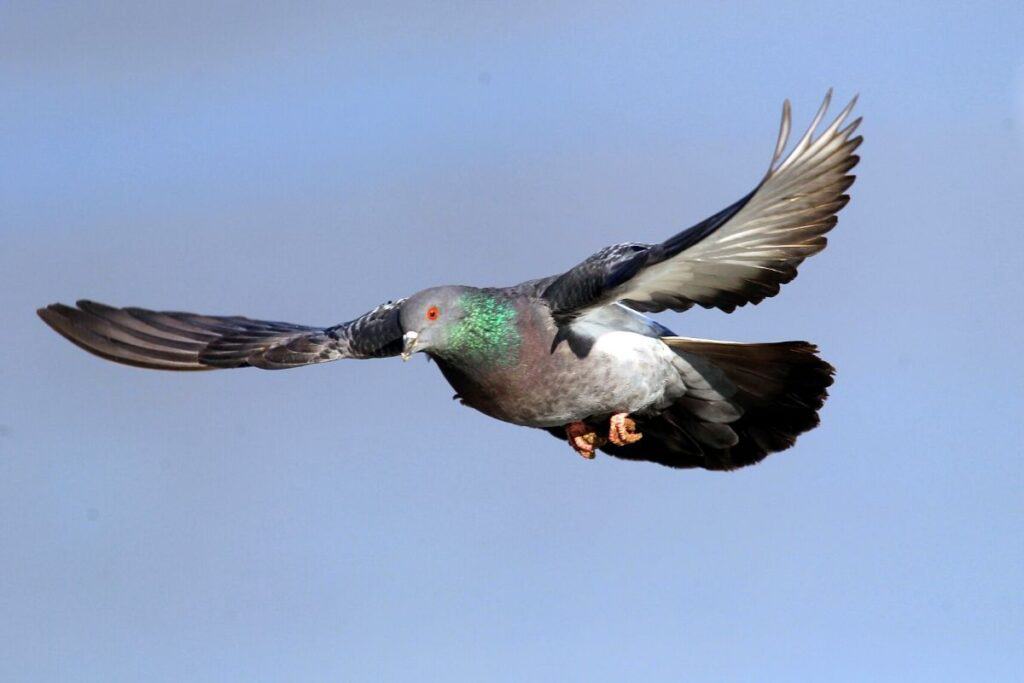
When it comes to escaping from predators, there’s no question on which mode of escape that birds prefer. Birds will definitely fly away immediately if you come too near!
Scientists have discovered a thing called the Flight Initiation Distance (FID). This distance is basically like the comfort zone of birds, being the distance that a bird first perceives danger and flies away when approached by humans. [1]
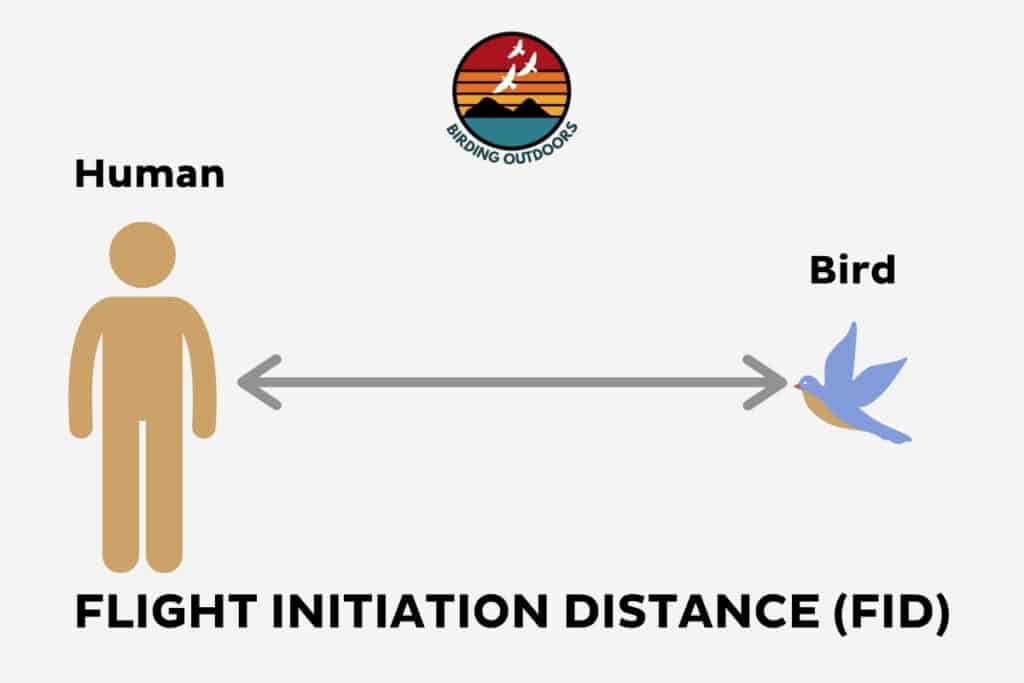
If you are outside of a bird’s FID, then it’s likely they will prefer to walk quickly away or run away, but when you step within it, birds will prefer to fly away instead. By the way, the act of flying away is also known as flushing, in case you wanted to know!
It’s like how when we are taking a stroll in the park, we choose to walk, but if we see zombies, we will RUN!!
Why Do Birds Run Instead of Flying?
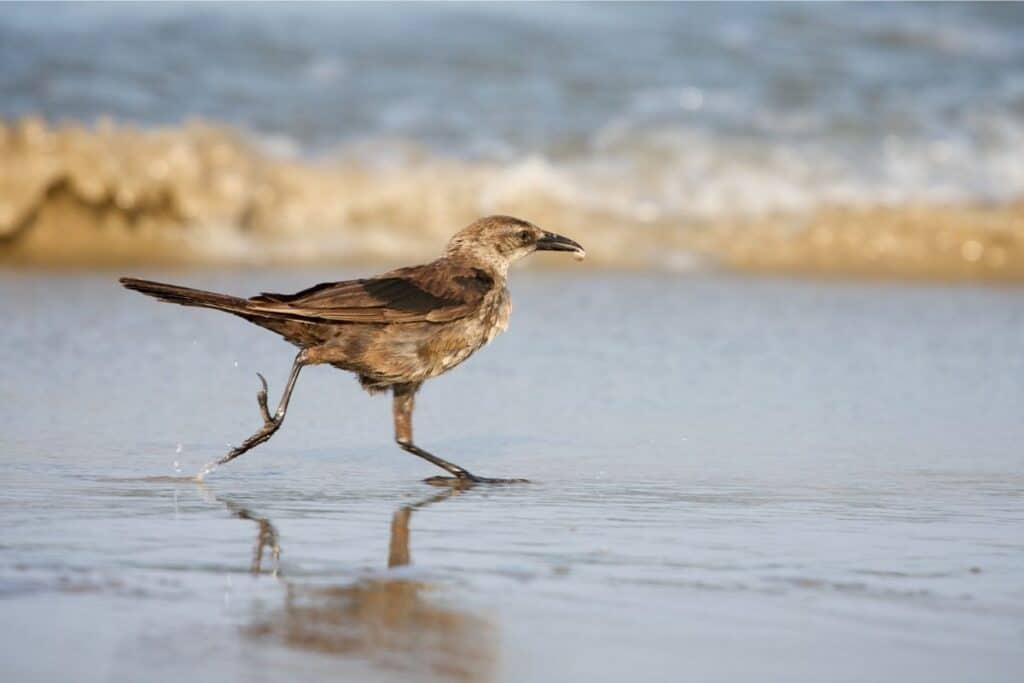
Birds choose to run instead of fly because it is energetically less demanding to do so. When other animals are not in their flight initiation distance, birds prefer to run to escape quickly, but when other animals are within the flight initiation distance, birds will be flushed and start to fly away.
While birds may choose to walk if they sense no danger at all, birds will increasingly ramp up their walking speed and even break into a run when other animals or humans approach near to their Flight Initiation Distance (FID), and then fly when they enter within it!
Of course, some aquatic birds like crakes, rails have weaker wings and cannot fly far, but can run VERY fast. I remember I was once out birding and they would speed away the moment they see me!
Why Do Birds Walk In Circles?
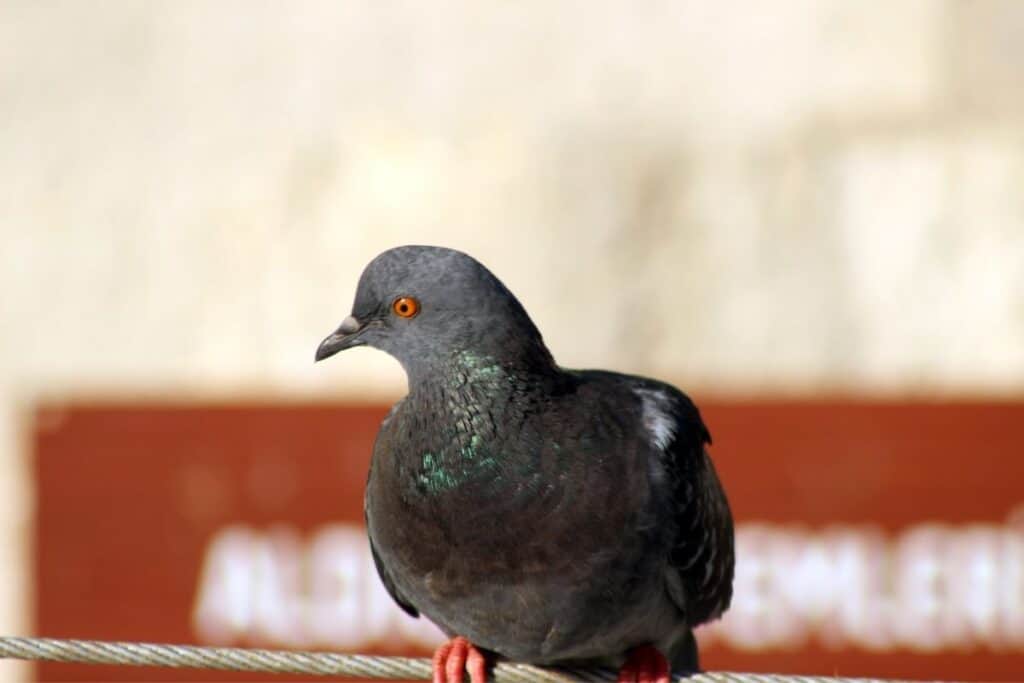
Birds like pigeons that walk in circles could be infected with Pigeon paramyxovirus type 1 (PPMV1), which presents with symptoms such as walking in circles, and twisting necks. Most birds that are infected with PPMV1 are located in Australia and New Zealand and are approximated to originate from the Middle East.
All information above is provided by the Victoria State Government, Australia. If you’d like to find out more, access this link.
Here’s an informative video on PPMV1. Check it out if needed:
However, I also found some weird stuff on the net like a bunch of turkeys circling a dead cat in a ritual-like manner. It gives me the creeps. Here it is:
Do Crows Walk or Hop?
Crows both walk and hop. Crows will walk most of the time, and only choose to hop if they want to move more quickly to their desired location. However, ravens will hop and walk in more even frequencies than crows.
Here’s evidence that crows walk and hop. The video title is wrong. It’s actually a crow and not a raven!
Why Do Crows Hop?
Crows hop to get to their desired close location more quickly than walking. Hopping also requires less energy than flying, so it is an ideal movement to move to close locations quickly with a low energy cost.
Do Blackbirds Hop or Walk?
Blackbirds move with a combination of hopping, walking, and even running. Blackbirds hop to move to their destinations with more precision and run to reach a destination more quickly.
Video evidence of blackbird hopping, walking, and running:
Can Sparrows Walk?
Sparrows do not walk but prefer to hop around instead. Sparrows do not have legs that are long enough to support walking, but they have a light body that helps them hop while consuming less energy.
Here’s evidence of a sparrow hopping!
Why Do Sparrows Hop And Not Walk?
Birds hop and do not walk because they do not have legs that are long enough for them to make strides. However, sparrows have light and small bodies that allow them to hop around with ease.
Final Thoughts
Whether it be walking, running, or flying, birds are amazing creatures with super cool ways of movement! Let’s all learn to appreciate them more. I hope that I’ve satisfied your curiosity with this article and have a nice day! Thank for reading and happy birding!
References
- M. A. Weston, E. M. McLeod, D. T. Blumstein & P.-J. Guay (2012) A review of flight-initiation distances and their application to managing disturbance to Australian birds, Emu – Austral Ornithology, 112:4, 269-286, DOI: 10.1071/MU12026
My Recommended Birding Resources:
Hey there, Justin here!
Here’s a list of all my favorite resources, products, and brands I trust and love.
My Celestron Nature DX 8×42 Binoculars: It’s a great budget pair for beginner birders. Highly valued for its price! Read my review.
Safe Paint for Bird Baths Guide: Learn about non-toxic paint for painting bird baths.
Safe Sealers for Bird Baths Guide: Learn which sealers are safe for bird baths.
Safe Paint for Bird Feeders Guide: Learn what special care needs to be taken to paint bird feeders with the right paint.
Safe Paint for Birdhouses Guide: Learn about non-toxic paint for painting birdhouses. (Not the same as bird baths!)
Bird Identification Apps Guide: 2 of my favorite birding apps are Merlin Bird ID, and eBird Mobile! Merlin is great for tracking and identifying birds, and eBird Mobile is great for tracking the birds sighted when birding.
Check out my resources page for the full list of resources I recommend!

Justin Chia
Justin is the founder and author of Birding Outdoors. He is a Nanyang Technological University (NTU) alumnus with a Bachelor of Biological Sciences and a former data analyst.
Now, Justin runs the Birding Outdoors blog full-time, hoping to share his deep love for birds, birding, and nature with others.
To unwind, Justin enjoys gaming and reading.

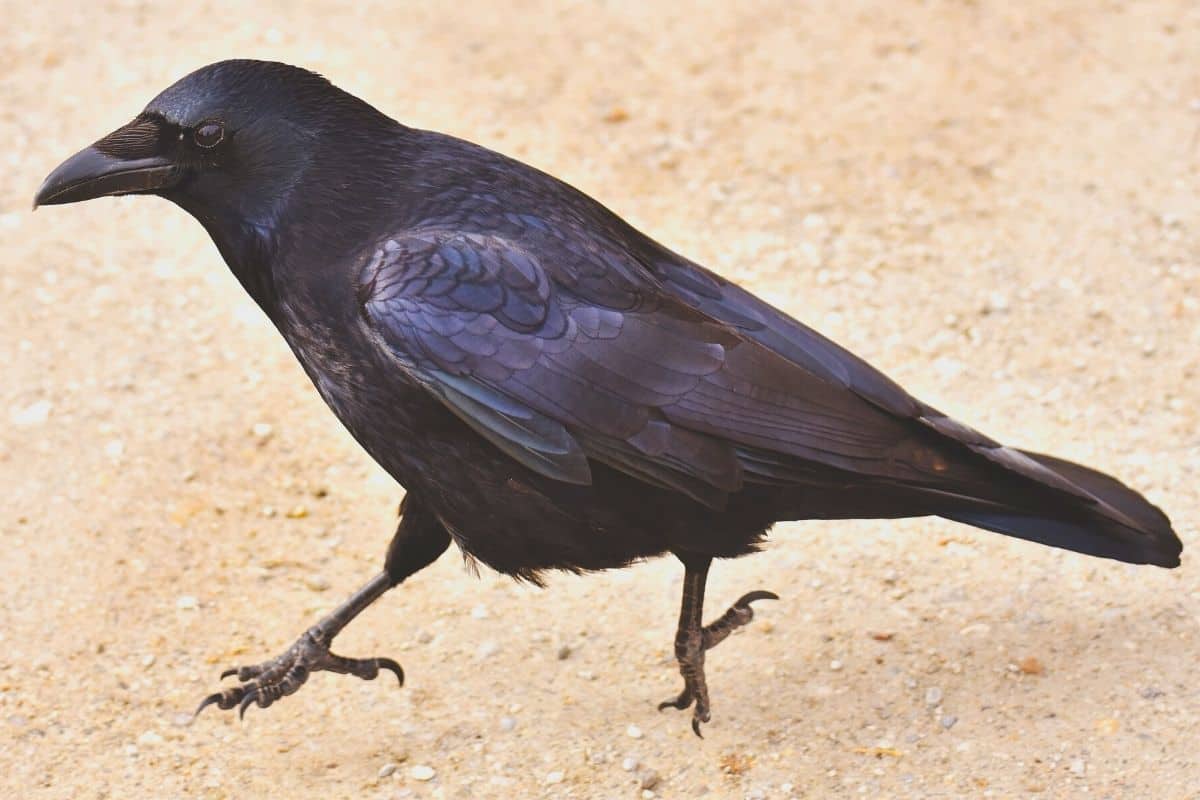
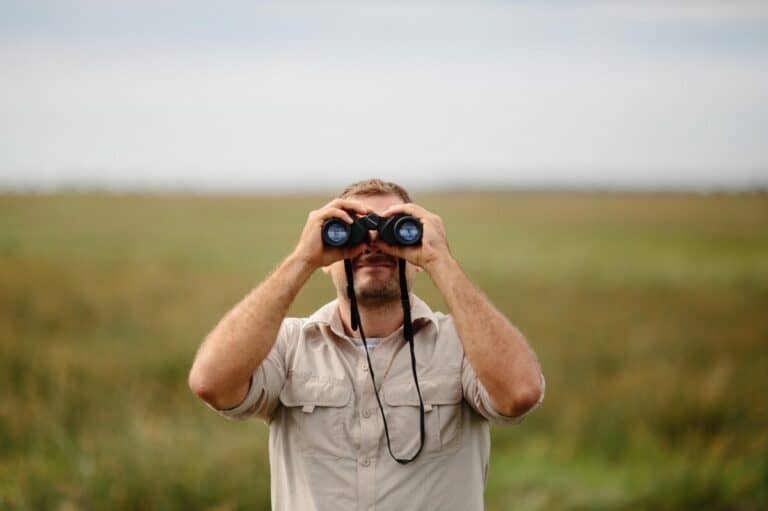
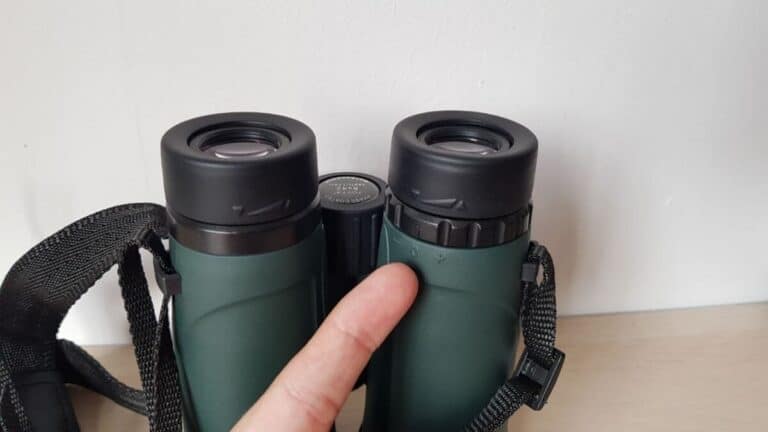
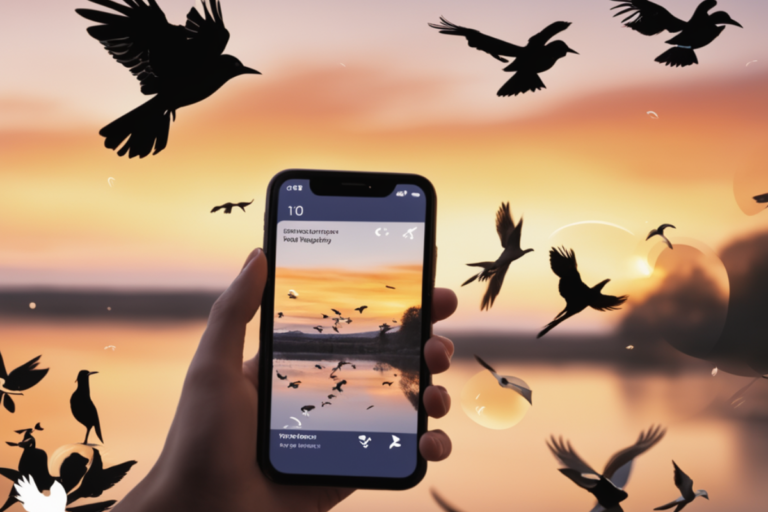
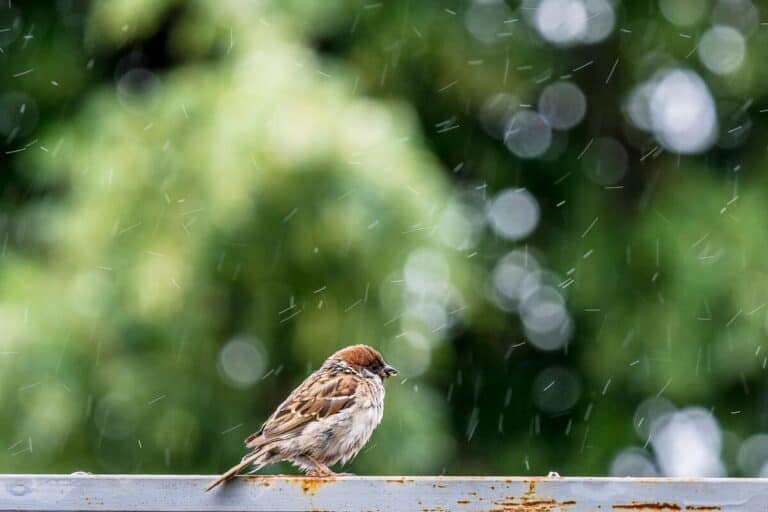
![How Long Do Birds Take To Learn To Fly? [ANSWERED!]](https://birdingoutdoors.com/wp-content/uploads/2021/05/main-pic-fledgling-768x512.png)
![Why Are Birds So Jerky? [ANSWERED!]](https://birdingoutdoors.com/wp-content/uploads/2020/10/cardinal-3903642_1920-768x512.jpg)